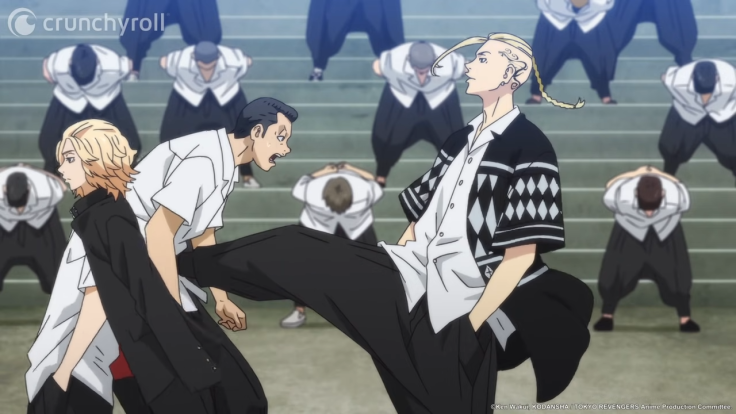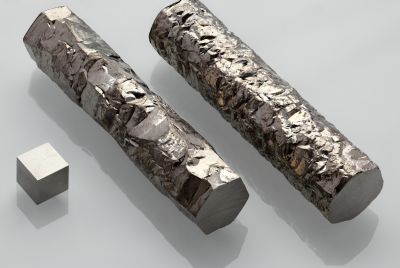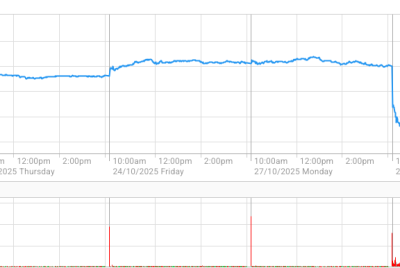'Tokyo Revengers' Creator Ken Wakui To Have Q&A Session With Fans

"Tokyo Revengers" has been a raving success since it was first serialized in Kodansha's Weekly Shōnen Magazine in March 2017 and premiered its anime adaptation in April 2021. With the manga currently on its final arc and the anime barely scratching the core of the series, fans have a long list of questions they want to be answered. Fortunately, they have a chance to ask these questions to creator Ken Wakui.
On Thursday, Kodansha Manga announced on Twitter that it would be hosting a fan Q&A session with Wakui on Aug. 25, 3 p.m. PT (6 p.m. ET). According to the announcement, fans have until Aug. 9 to submit their questions for the creator via this Google form.
"Tokyo Revengers" attracts various demographics because of its unpredictable plot, interesting characters and scenes that are packed with emotions. Its manga is available in Kodansha while its TV anime adaptation streams on Crunchyroll every Saturday. Its story follows characters who are entangled in the delinquent group called Tokyo Manji Gang.

Photo: Crunchyroll FR Official YouTube Channel
In other "Tokyo Revengers" news, several fans on the Crunchyroll Forum noticed that the Tokyo Manji Gang symbol, which is the Buddhist swastika, has been scrubbed off from the anime's English language release. The symbol, which dates back centuries, appears in Japanese manga and the original anime.
While no official explanation has been provided as to why the emblem was removed from the English version of the anime, it appears that it was done to keep fans from confusing the symbol with the Nazi swastika.
In April, a follower asked Crunchyroll Fance why it censored the Toman sign. The brand responded with an explanation in French, which translates to, "We don't censor anything. This is the version that Japan gave us. We are strictly prohibited from editing or retouching episodes."
For fans, the Tokyo Maji Gang symbol stands for good luck and prosperity. It represents the footsteps in Buddhism, which connote good things. It is also the reason why the symbol is usually found in places of worship.





















